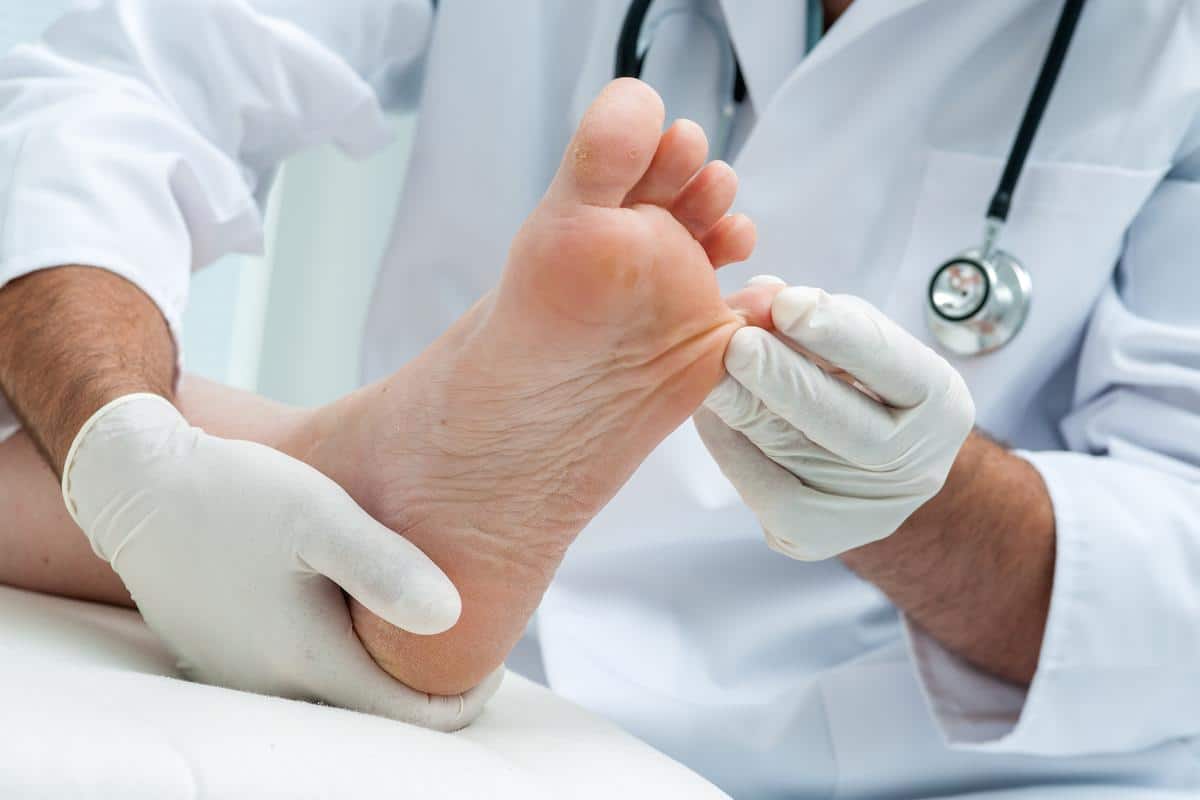Flat feet are commonly seen in the population. Especially in babies and toddlers when they’re standing, because their feet have fat pads.
A slight arch may appear, though, when the child sits or stands on tiptoes.
Generally, it’s effortless and doesn’t meddle with a child’s capacity to walk or play sports.
Most children outgrow it as they grow older and their feet get bigger.
Their baby fat will start to vanish and their foot muscles reinforce with weight bearing movement.


Although less painful in young children, flat feet can cause agony in babies and toddlers. Sometimes a child will complain that his foot, ankle or leg is tired is that he has aching pain at night or after sports or other physical activities. Calluses can also form under the sagging arches or the achilles tendon (the back of the ankle) can become tender and painful.
Call on a foot specialist if your child starts to complain of pain or fatigue. Also check to see if his leg is red or calluses are forming under the arches of his feet.
Make sure to take your child’s shoes along to the appointment with your foot specialist, so the expert can inspect the pattern of the shoe. Teenagers who still have level feet and complain of pain should also be assessed by a professional.
Treatment for flat feet may include stretching exercises to stretch the rear area of the foot. Your specialist may also suggest installing shoe embeds called “Orthotics.” Orthotics are custom-molded arches made of composite materials that help provide support and ease the pain in your foot.
Although they’re not a permanent fix, shoe inserts do help people with flat foot to walk comfortably and extend the life of their shoes. Without them, your shoes would wear unevenly.
If the heel cords on a child are too tight, a cast might be recommended or physical therapy. If these treatments don’t help, surgery is recommended.
High arches can cause problems, just as feet with low arches. High-arched foot, also known as “Cavus Foot,” is normally seen in children but can also be seen in some adults. Just as with flat feet, high arches are sometimes hereditary.
Feet with high arches are not good shock absorbers due to the lack of feet touching the ground to provide support for walking, people with cavus foot are more susceptible to injuries during sports or exercise.
Orthotics are also prescribed for high arches. They will help properly align the foot and provide shock absorption.






Payments Accepted: Cash, Credit, Debit, Health Savings Accounts, Flexible Spending Accounts